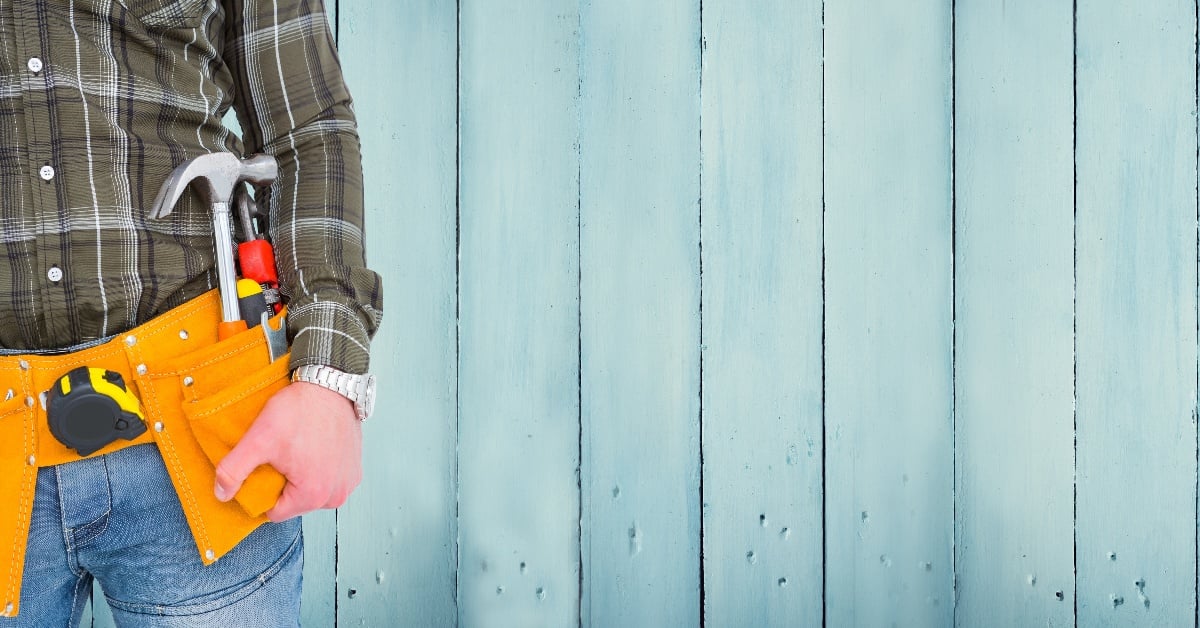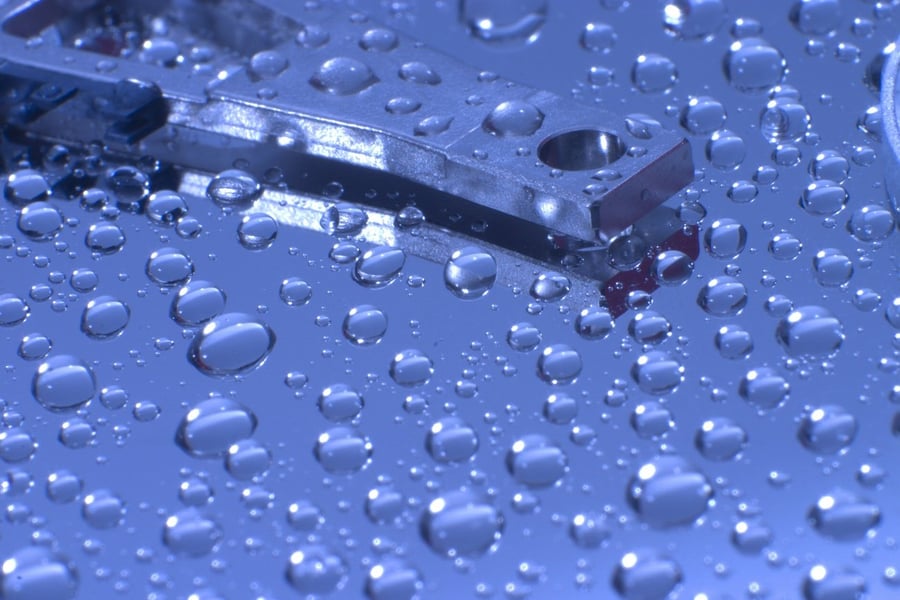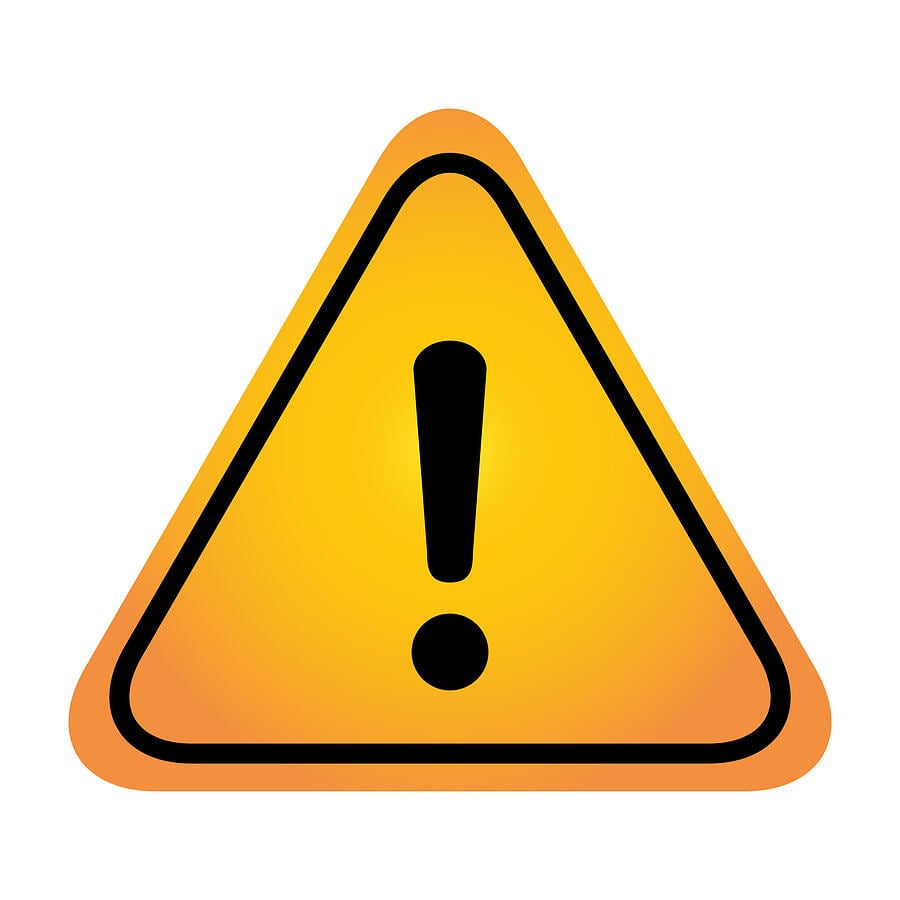Check Your Moisture Meter's Calibration in 3 Easy Steps

One of the biggest concerns when taking moisture readings is making sure the meter is in calibration so that you get accurate readings. When a meter is not calibrated, you may get faulty results—and being just one or two percentage points off can have a significant impact on the quality of your work.
So, being able to check moisture meter calibration and ensuring accuracy is crucial.
Since not all moisture meters are the same, it’s important to know about the different methods of checking meter calibration that are available.
Some meters have built-in calibration tests that let you check moisture meter accuracy with the push of a button. However, checking moisture meter calibration may not always be that easy because there is no built-in check—or you may just want to verify your calibration test results with a different test method.
In either case, here are a few quick steps for testing moisture meter calibration:
Using a Moisture Content Standard to Verify Pin Moisture Meter Accuracy
There are two primary types of moisture testing tools for getting quantitative readings in building materials: Pin and pinless meters. Each of these moisture testing tools uses a different kind of calibration testing tool. For pin meters, the tool for checking meter calibration is called a moisture content standard (MCS).
Here’s how to check moisture meter accuracy using an MCS:
-
Place the meter’s pins on the moisture content standard’s metal contacts.
-
Turn on the meter.
-
Check the reading & compare to value given in instructions (different standards may be calibrated for different values).
If the reading is different from the one the MCS was set for, then the meter is out of calibration.
One common problem that can cause inaccurate moisture testing results is a low battery. So, Try inserting a replacement battery and repeating the test. If results are still off, you may need to send the moisture meter back to the manufacturer.
Using a Sensor Block to Check Pinless Moisture Meter Calibration
Pinless moisture meters work a bit differently from pin meters, so the same testing tools won’t work for them. Instead of using an MCS, a pinless moisture meter relies on a device called a sensor block to check moisture meter calibration.
-
Hold the meter to the sensor block—make sure the scanning plate is making solid contact with the block.
-
Turn on the meter.
-
Check the reading and compare to the sensor block’s instructions.
Like with MCS checks for pin meters, if the reading is different than what the sensor block is supposed to read, then the meter may need to be recalibrated by the manufacturer.
One caveat for using moisture content standards and moisture blocks is that the MCS or moisture block used needs to be made specifically for the moisture meter they’re being used to check. Otherwise, the accuracy of the test may suffer.
Checking Meter Calibration with a Second Moisture Testing Tool
Using a second moisture testing tool to verify calibration is less accurate than checking meter calibration with an MCS or sensor block. However, it can be a good solution if your meter doesn’t have a built-in calibration check feature, or if you don’t have a moisture content standard/sensor block. This method requires you to have a second, IDENTICAL moisture meter to use as a reference—which is more expensive and inefficient than using built-in checks or purpose-built testing tools.
This reference meter should only be used for reference checks, and then tested using a different method every few uses. I personally recommend using built-in checks or a moisture content standard over using the reference meter method. However, for the sake of thoroughness, here is how to check moisture meter calibration using a reference meter:
Pin Meter Reference Checks
-
Push the pins of the meter being tested to their full depth.
-
Activate the meter and record the reading.
-
Take the reference meter and insert the pins into the material using new holes that are as close to the first set of holes as possible.
-
Activate the reference meter and compare to the first reading.
-
Repeat the process at a different testing site using the reference meter first.
If both meter readings agree both times, this is a good indication that the meter you’re testing is in calibration. If the meter is consistently lower or higher than the reference meter’s readings by a fixed amount, then you know one of the meters is off.
Pinless Meter Reference Checks
-
Press the test meter’s scanning plate firmly against the wood.
-
Activate the meter and record the results.
-
Press the reference meter’s scanning plate to the same area as the first.
-
Activate the meter and record the results.
-
Repeat steps 1-4 once or twice.
If the results agree or are very close (+ or - less than 0.1%), then the meters are most likely in calibration.
If results differ, then one meter is probably inaccurate. Marking out a test site is strongly recommended to ensure consistent placement between the two meters.
The Best Moisture Meter Calibration Testing Method
When you want to check moisture meter calibration, I would strongly recommend using either a built-in check, or a specialized testing tool such as an MCS or sensor block. These testing methods are much more reliable than reference meter checks—not to mention faster and easier.
Even using both built-in checks and an MCS or sensor block takes less time and effort to do than using a reference meter. Don’t get me wrong—I would love for you to buy a second moisture meter just for doing calibration checks—I just know that using an MCS is the better option for most.
Learn how you can get a moisture content standard or sensor block for your Delmhorst moisture meters today!
Subscribe to Our Blog
Post Related

How to Understand Moisture Meter Readings for Accurate Results


